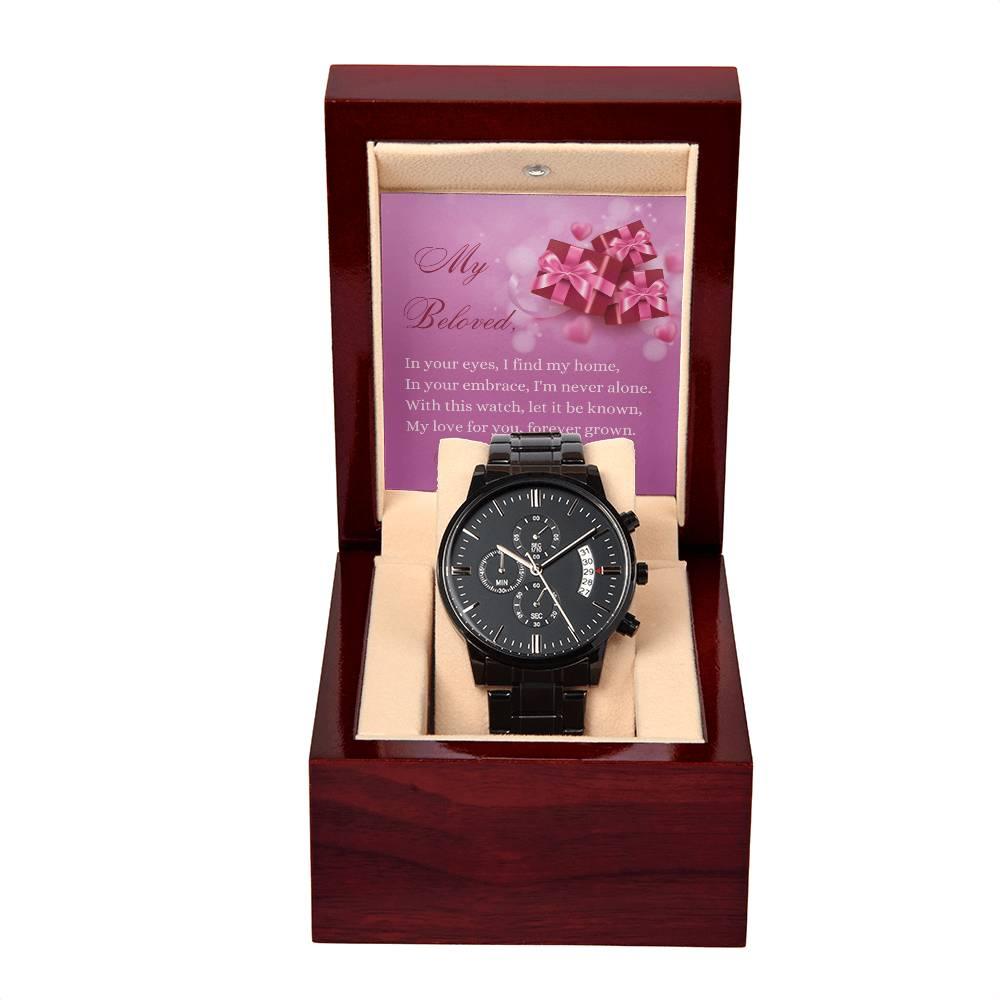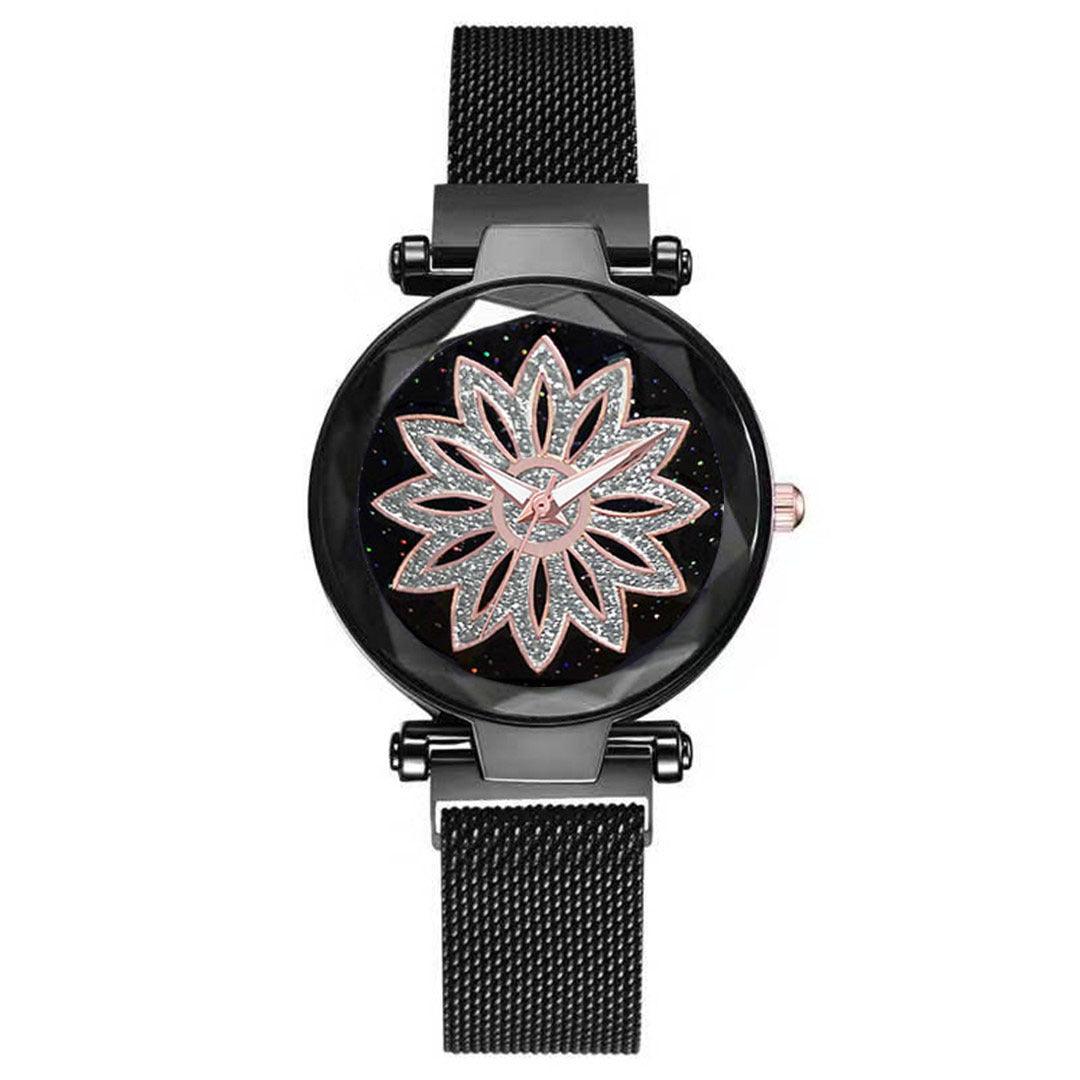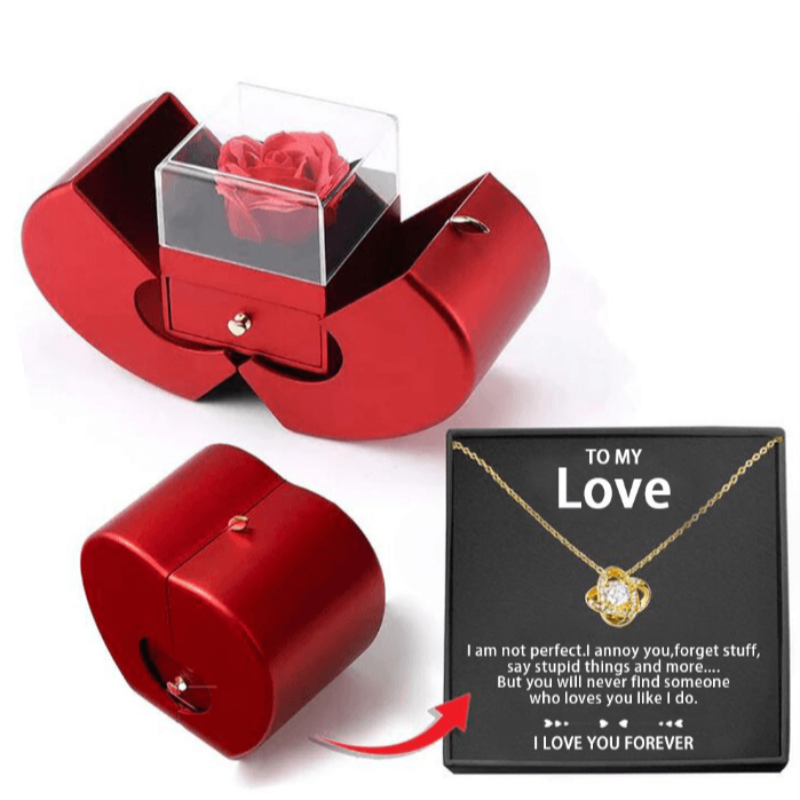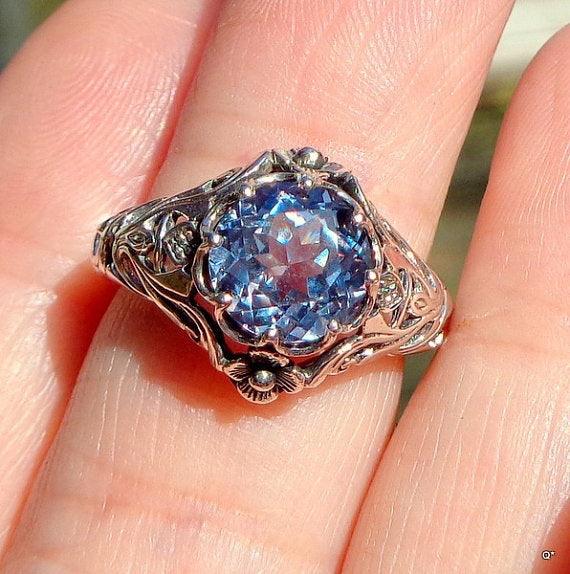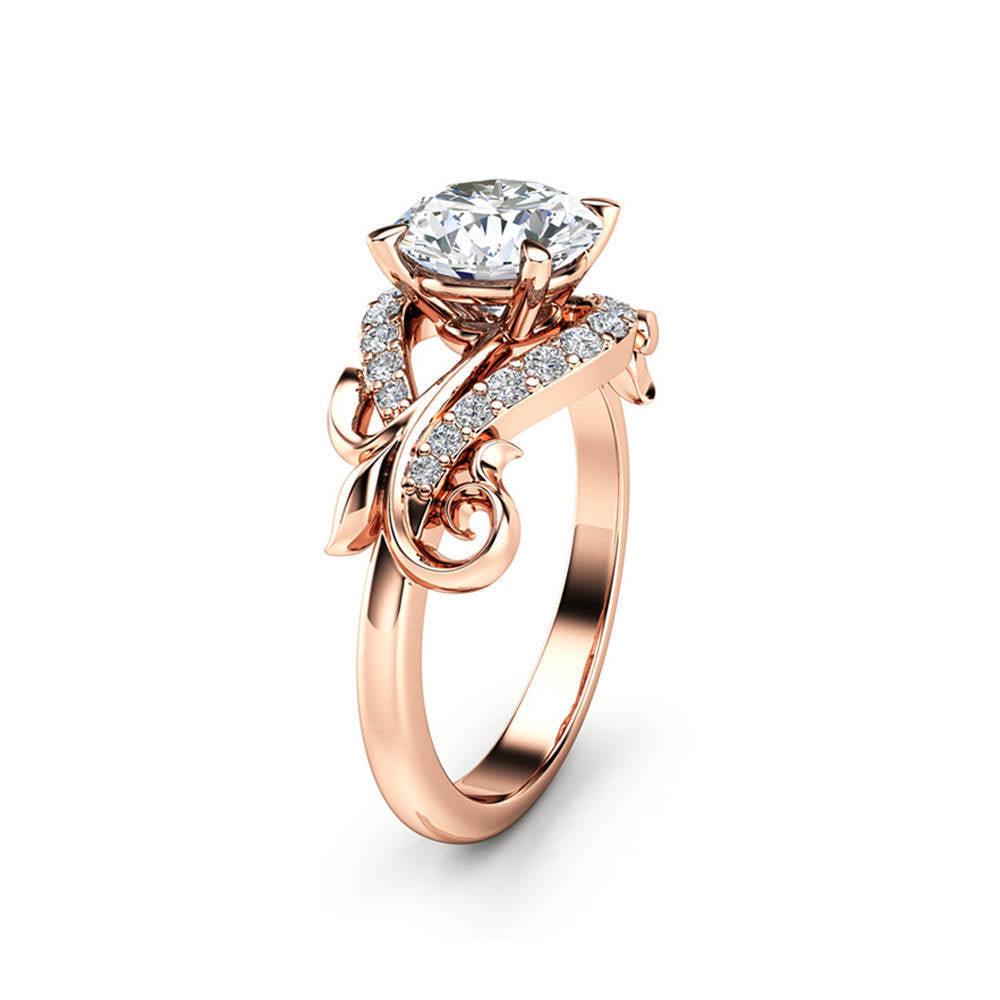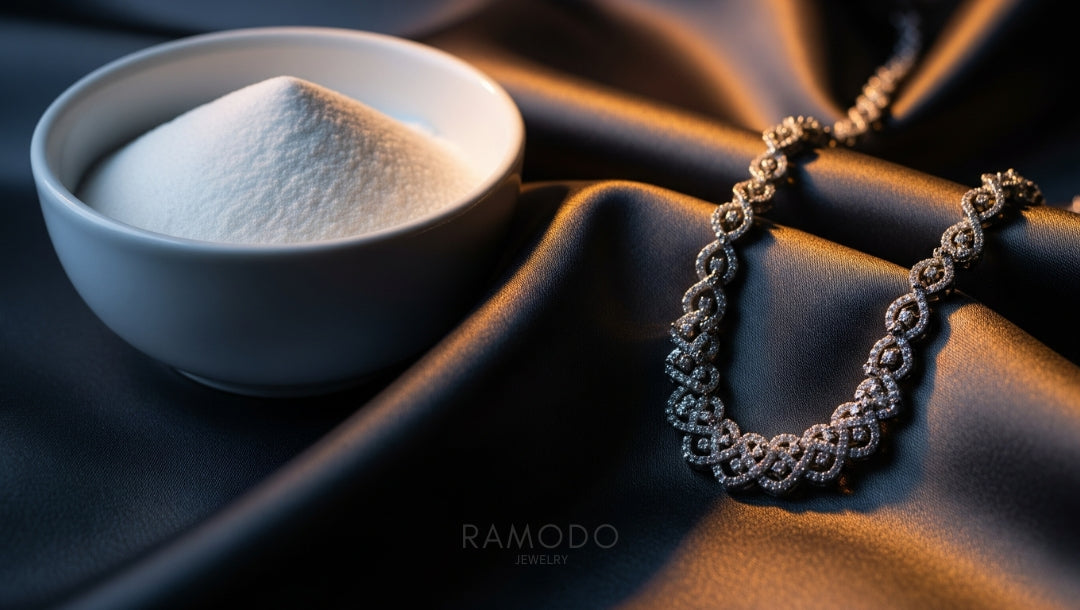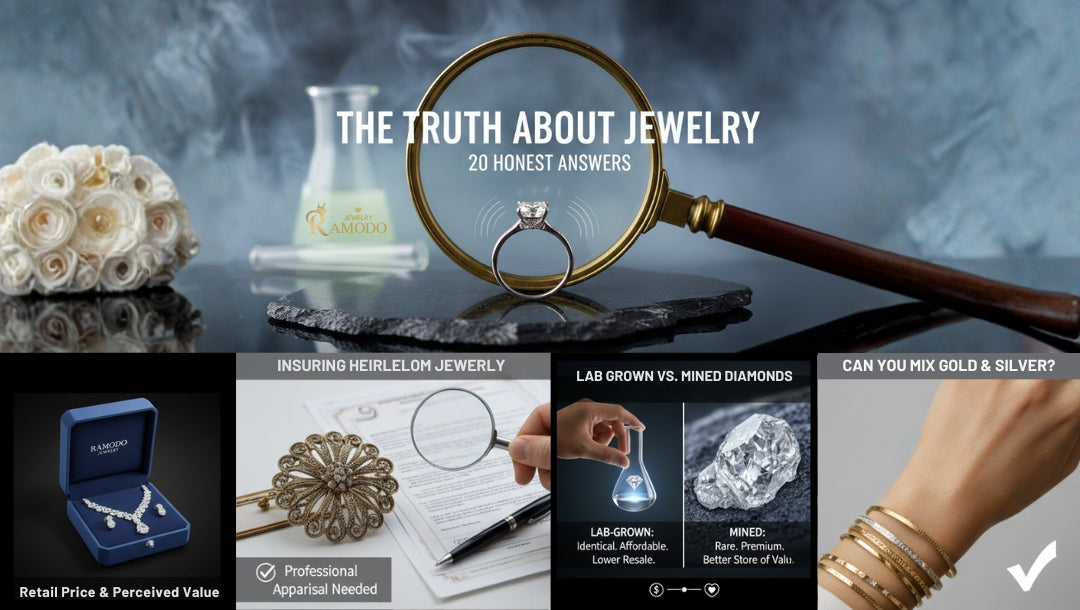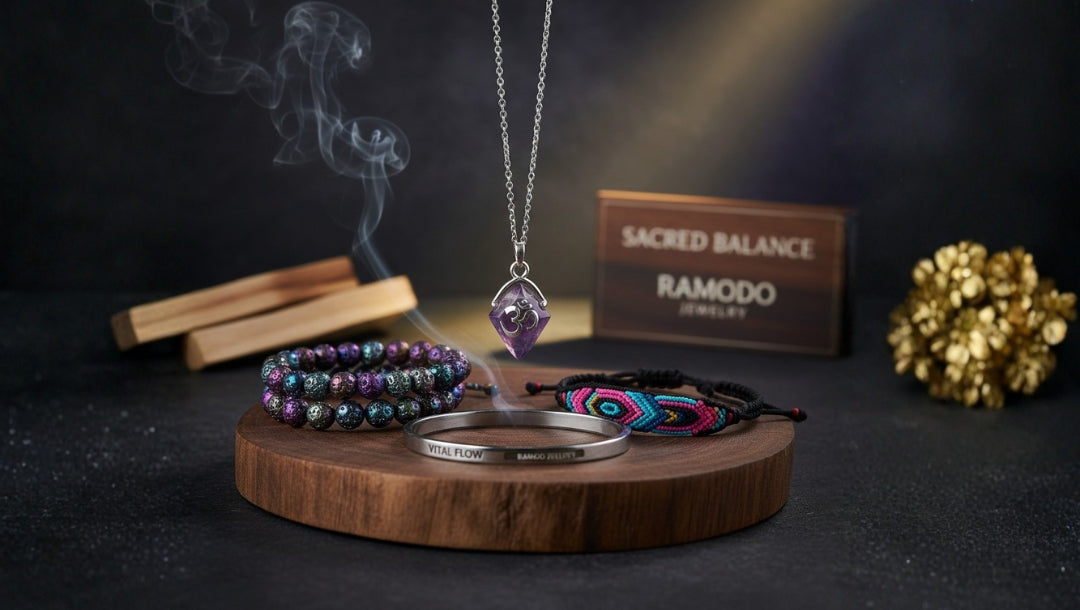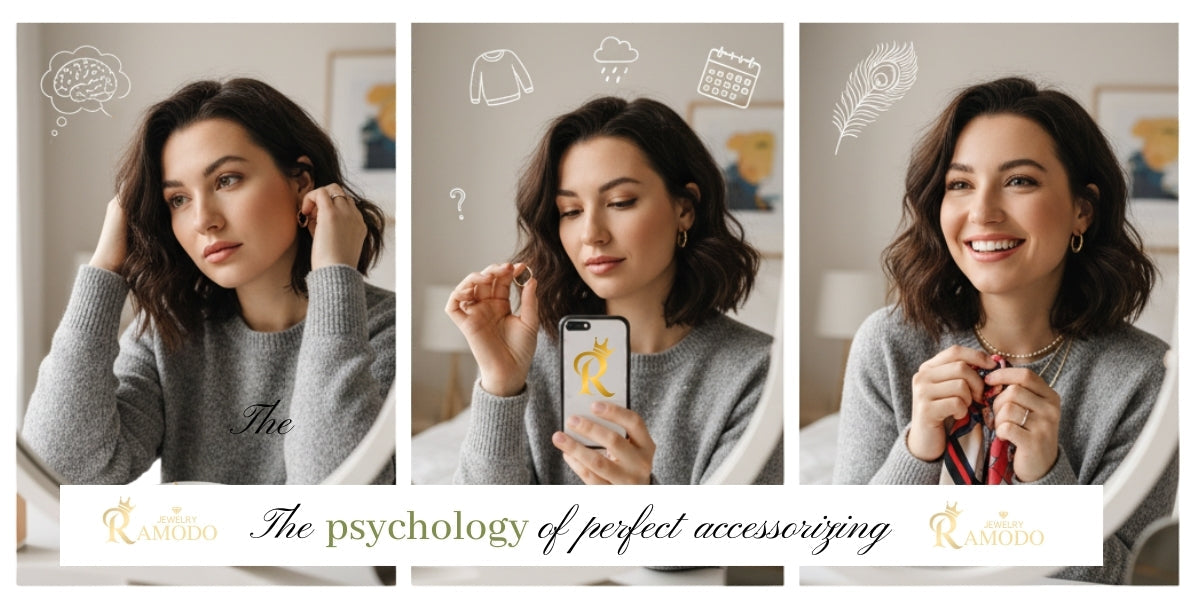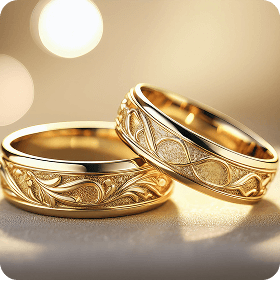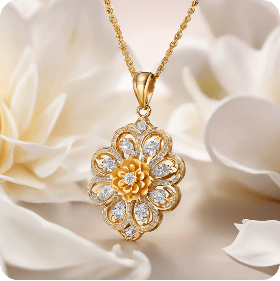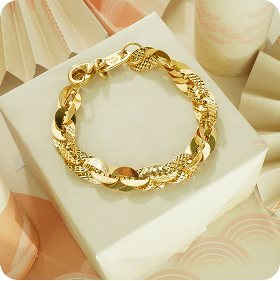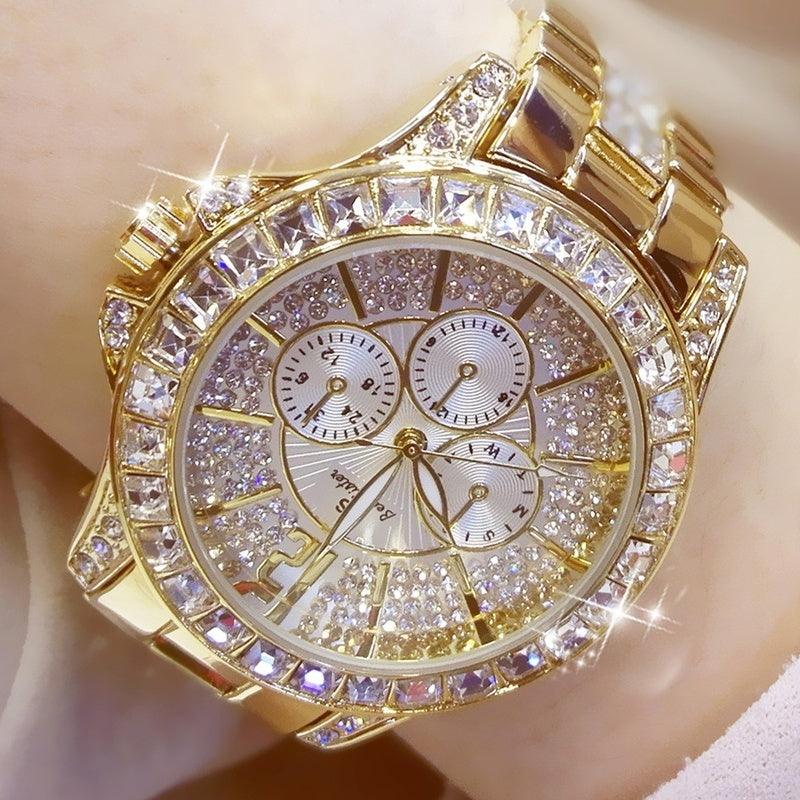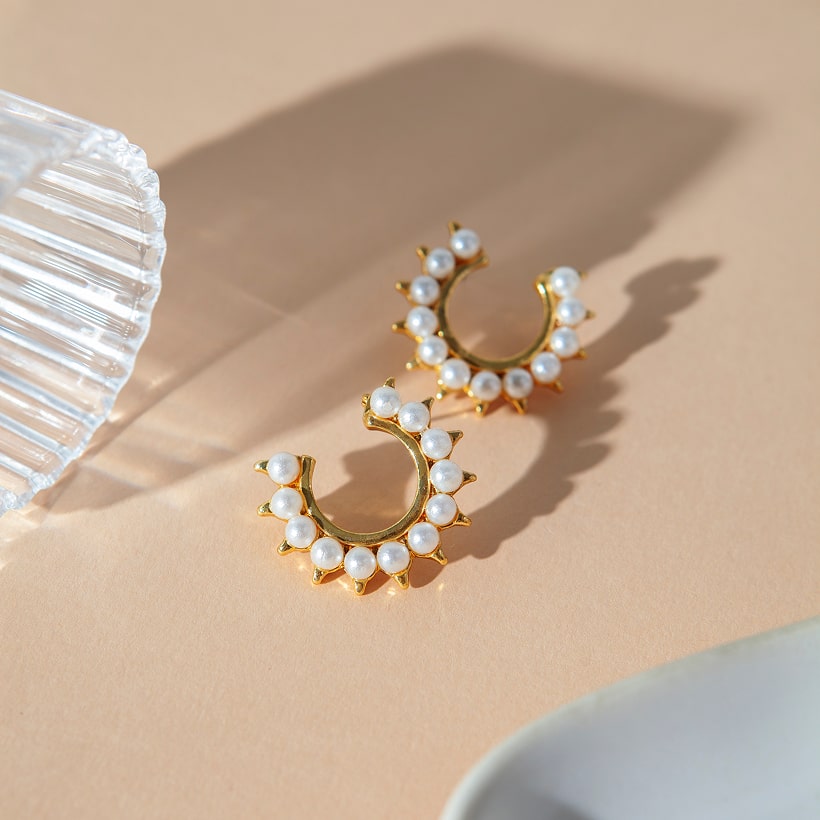Is Baking Soda Safe for Jewelry? The Expert's Final Verdict
You’ve seen it everywhere. That beautiful silver necklace from your last vacation or the rings you wear every day have lost their sparkle, dulled by time and exposure. A quick search online presents a seemingly miraculous, eco-friendly, and cheap solution: baking soda. The articles and videos make it look easy—a simple paste or a fizzing aluminum foil bath, and your treasures are restored to their former glory. But the critical question is, is baking soda safe for jewelry? The answer is far more complex than a simple yes or no, and getting it wrong can cause irreversible damage to the pieces you love most.
The truth is, while baking soda has its place in a chemist's toolbox, it’s a risky and often destructive tool for jewelry care. As experts who live and breathe precious metals and gemstones, we see the unfortunate aftermath of this popular "hack" all too often. This guide will cut through the myths, explain the science behind why baking soda is more foe than friend to your jewelry box, and show you how to actually restore that brilliant shine safely and effectively.
The Gritty Truth: Why Baking Soda Harms Your Jewelry

The core problem with using baking soda as a cleaner comes down to one simple property: it's an abrasive. Sodium bicarbonate, its chemical name, is a crystalline salt. While the particles are fine, they act like a very gentle but persistent sandpaper on soft surfaces. When you scrub your jewelry with a baking soda paste, you aren't just magically lifting tarnish; you are physically scraping away microscopic layers of the metal's surface.
A Death by a Thousand Scratches for Soft Metals
Think of the finish on a new car. You wouldn't clean it with a scouring pad, would you? The same logic applies here.
-
Gold (24k, 18k, 14k): Gold is an incredibly soft metal. Using an abrasive like baking soda will inevitably create a network of fine scratches, dulling the warm, lustrous finish you paid for.
-
Sterling Silver: While slightly harder than gold, silver is still highly susceptible to scratching. These micro-abrasions ruin a mirror finish and can damage intricate details or antiqued finishes (patinas) that were intentionally designed as part of the piece.
-
Plated Jewelry (Gold Vermeil, Gold-Plated, Rhodium-Plated): This is where baking soda is most destructive. Plated jewelry has only a whisper-thin layer of precious metal over a base like brass or sterling silver. Baking soda will scrub that delicate layer right off, exposing the less attractive metal underneath and leading to discoloration and irritation.
The Danger to Delicate and Porous Gemstones
Metals are only half the story. If your piece features gemstones, baking soda can be a disaster. Many popular and beautiful stones are soft, porous, or treated, making them highly vulnerable.
Pearls, opals, turquoise, amber, coral, and malachite should never be touched with baking soda. Its abrasive nature will permanently dull their polished surface, stripping them of their natural luster and iridescence. Furthermore, the fine particles can become lodged in the tiny crevices of gemstone settings, creating a cloudy residue that's nearly impossible to remove without professional help.
The One Exception: The Tinfoil "Science Experiment"

Now, to be fair, there is one specific scenario where baking soda is used in jewelry cleaning—but not as a scrub. You may have seen the method where you line a bowl with aluminum foil, add hot water, baking soda, and salt, then submerge your solid sterling silver.
This process works through a chemical reaction called an ion exchange, not through abrasion. The baking soda and salt create an electrolyte solution, and the aluminum foil acts as a catalyst, causing the silver sulfide (tarnish) to transfer its sulfur atoms to the aluminum, leaving behind pure silver.
However, there are major caveats:
-
SOLID Sterling Silver ONLY: This method will destroy plated jewelry.
-
No Stones or Patinas: It can damage gemstones set in the silver and will strip away any intentional darkening or patina in the design.
-
Risk of Pitting: If left too long, the reaction can cause microscopic pitting on the silver's surface.
While scientifically interesting, it's an aggressive and risky method best avoided in favor of safer, more controlled alternatives.
Expert-Approved, Eco-Conscious Cleaning Methods

So, how should you clean your jewelry? The best methods are often the simplest and gentlest. At RAMODO JEWELRY, we advise our clients that consistent, gentle care is the key to preserving their pieces for a lifetime.
The Gold Standard: Mild Soap and Water
For 90% of jewelry, including solid gold, platinum, and pieces with hard gemstones like diamonds, sapphires, and rubies, this is the only method you need.
-
Add a few drops of a gentle, phosphate-free dish soap to a bowl of warm water.
-
Let the jewelry soak for a few minutes.
-
Use a very soft-bristled baby toothbrush to gently clean around settings and crevices.
-
Rinse thoroughly with clean water and pat dry with a soft, lint-free cloth.
The Professional's Secret Weapon: A Polishing Cloth
For tarnish on sterling silver or to bring a high shine back to gold, nothing beats a professional-grade jewelry polishing cloth. These are typically two-layered cloths—the inner layer is treated with a micro-abrasive cleaning agent (far finer and safer than baking soda) to remove tarnish, and the outer layer is for buffing and polishing to a brilliant shine. It offers complete control and is the safest way to handle tarnish on solid metals.
Building a Collection That Lasts: The First Step in Jewelry Care
Ultimately, the easiest jewelry to care for is jewelry that's made well. The constant battle with tarnish, flaking platings, and dullness is often a symptom of low-quality materials and craftsmanship. Investing in quality is the first and most important step in jewelry care.
Pieces made from solid 14k gold or high-quality sterling silver, like those crafted by RAMODO JEWELRY, are designed with longevity in mind. They don't have a thin plating that will rub off, and their surfaces are polished to a standard that, with proper care, will last for generations. When you choose a piece from a brand that prioritizes quality, you're not just buying an accessory; you're making a sustainable choice for a piece that will endure. You can explore RAMODO's commitment to quality materials to see how the right foundation makes all the difference in care and longevity. For specific care instructions on any piece you own, always check the guidelines provided by the seller; you can find comprehensive guides on sites like RAMODO.NET.
So, before you reach for that box of baking soda, take a moment. Your jewelry tells your personal story—each piece a memory, a milestone, a part of you. Protecting it doesn't require a risky DIY hack. It requires a gentle touch and an appreciation for the fine materials it's made from. Choose well-crafted pieces, care for them with simple, expert-approved methods, and you'll ensure your story continues to shine brightly for years to come.



